Yates Account
Join now
Create a Yates account today!
Sign up to join the Yates Garden Club for monthly e-mails packed with seasonal inspiration, tips for success & exclusive promotions.
Plus if you’re a Garden Club member you can take part in the Yates Growing Community - a blog to share successes, get advice & win prizes in fun challenges along the way!

Forgot password
Enter the email address associated with your account, and we'll email you a new password.

One of the most important Yuletide decisions families make is choosing what sort of Christmas tree to have. While plastic trees are trouble-free options, many prefer the look, feel and smell of a real tree. This then leads to the next decision: cut Christmas tree or potted live one?
Cut trees should be purchased as close to Christmas as feasible and should be as fresh as possible. The best way to do this is to visit a Christmas tree farm where you can select and (sometimes) even cut your own tree. Keep the cut base in water in a bucket, and top up the water as often as necessary. Keep trees away from open windows or air conditioners as this will dry out their leaves faster.
The most traditional of potted Christmas tree is the European spruce (Picea abies). Hundreds of these are sold each year, only to languish and die in neglected back corners. Presumably, anyone who buys a living tree is keen to keep it alive, so it’s best to put a bit of effort into the post-Christmas care of a potted spruce.
If the spruce’s pot is relatively small (25cm or less), the plant should be re-potted into something larger. This will help it to survive through the rest of the long, hot summer. Use a quality potting mix such as Yates Premium Potting Mix. Give the plant a settling in treat of Yates Thrive Natural Seaweed Tonic and again a couple of weeks after potting.
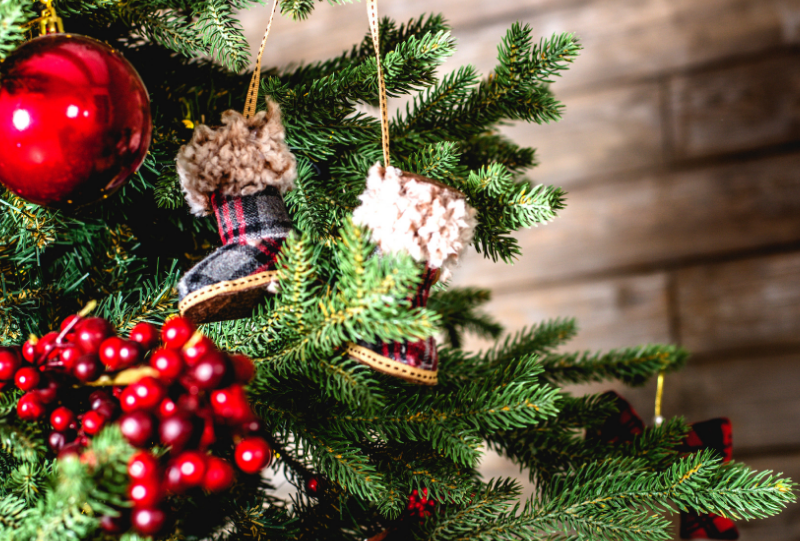
Spruces are cool climate plants so, in most areas, it will be best to keep the pot in a spot that receives morning sun and some protection from the hot afternoon sun. In autumn, move the pot into full sun for the cooler part of the year. Turn the pot regularly so that it receives even amounts of light. This will help prevent the plant from developing bald patches.
Potted pines (Pinus radiata) are hardier, but also faster growing. Generally, they will have been trimmed through their growing period. A light pruning at least once a year will help to maintain their shape, but never cut back into bare branches. Conifers don’t generally re-shoot from bare wood.
Keep your potted Christmas tree well-watered because, if conifers dry out, they seldom recover. Good drainage is important, though, so make sure the water can get away.
When it’s time to bring the potted tree indoors, place it in a spot close to a window where it receives as much light as possible (although avoid sunlight through glass). Move the plant outdoors as soon as you can after Christmas and remember it will need some time to re-adjust to sunlight. Put it in full shade to start with and gradually move it back into a sunnier position. Merry Christmas!
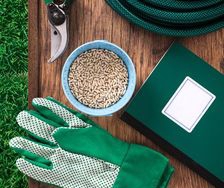
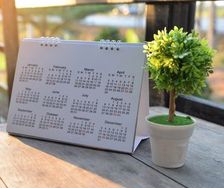
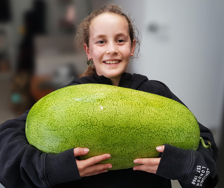
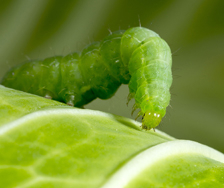
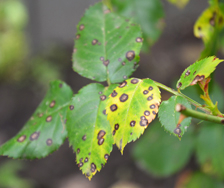
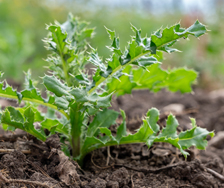
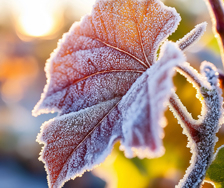
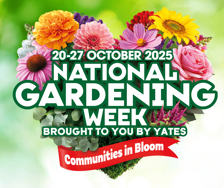
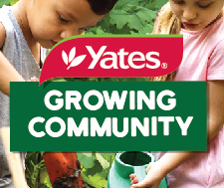






Share
Share this article on social media